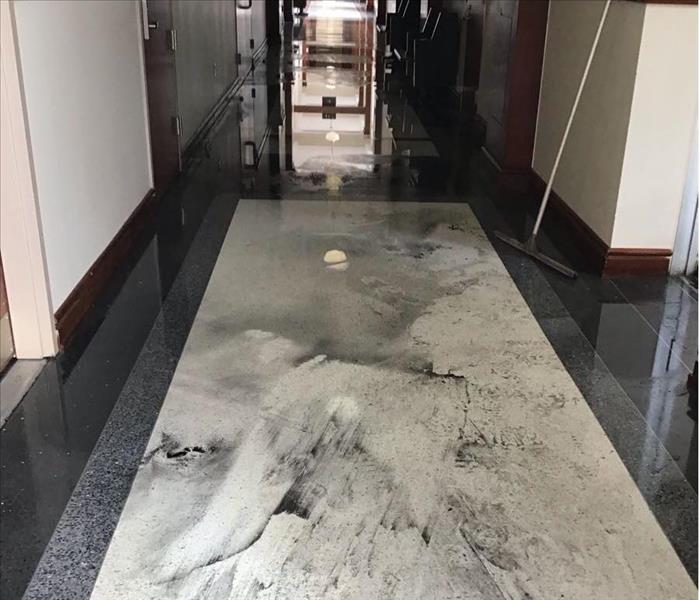Understanding the Different Types of Water Damage and Why They Require Unique Approaches
11/15/2024 (Permalink)
Water damage is one of the most common disasters that can impact a property. Whether caused by a plumbing issue, storm surge, or a leaking appliance, no two water damage situations are exactly alike. Understanding the different types of water damage—and why they require distinct handling methods—is crucial for effective restoration.
At SERVPRO of Flagler County, we use the IICRC (Institute of Inspection, Cleaning, and Restoration Certification) classification system to categorize water damage into three types: clean water, gray water, and black water. Let’s break down each type and the specific challenges they pose.
1. Clean Water Damage
What it is:
Clean water damage originates from a source that poses no immediate health risks. Common examples include:
- Broken supply lines
- Overflowing sinks or bathtubs
- Rainwater leaks
Why It's Different:
While clean water is not contaminated initially, it can become a breeding ground for mold and bacteria if left unaddressed for too long. Swift drying and dehumidification are key to preventing secondary damage.
How It's Handled:
Restoration involves:
- Water extraction
- Drying and dehumidifying affected areas
- Inspecting for mold growth and addressing potential structural weakening
2. Gray Water Damage
What It Is:
Gray water contains some level of contaminants that may cause discomfort or illness if ingested. Common sources include:
- Washing machine or dishwasher overflows
- Toilet overflows (without solid waste)
- Sump pump failures
Why It’s Different:
Because gray water contains impurities like detergents, oils, or food particles, it requires more thorough cleaning and sanitization. Prolonged exposure can escalate the water to black water, making it more hazardous.
How It’s Handled:
Mitigation includes:
- Removing the water and affected materials
- Cleaning and disinfecting surfaces
- Using specialized equipment and antimicrobial treatments to prevent bacteria and mold growth
3. Black Water Damage
What It Is:
Black water is highly contaminated and poses significant health risks. This category includes:
- Sewage backups
- Floodwater from rivers or oceans
- Water from long-standing leaks or neglect
Why It’s Different:
Black water contains harmful bacteria, viruses, and potentially hazardous chemicals. Direct contact with or improper handling of black water can lead to serious health issues.
How It’s Handled:
This level of water damage requires:
- Immediate evacuation of the affected area
- Removal and disposal of all contaminated materials (e.g., carpets, drywall, and insulation)
- Extensive cleaning, sanitization, and deodorization
- Specialized protective equipment to ensure worker safety
Why One Size Doesn’t Fit All
Water damage varies in scope, source, and contamination level. Treating all types of water damage the same way can lead to improper restoration, ongoing health risks, and costly long-term consequences. SERVPRO of Flagler County tailors its approach to each unique situation, ensuring that every job is handled efficiently, safely, and thoroughly.
Your Trusted Water Damage Experts in Flagler County
When water damage strikes, trust SERVPRO of Flagler County to deliver fast, professional service. Our team is equipped with the expertise and tools to handle any type of water damage—from clean to black water—ensuring your property is restored to its pre-damage condition.





 24/7 Emergency Service
24/7 Emergency Service
